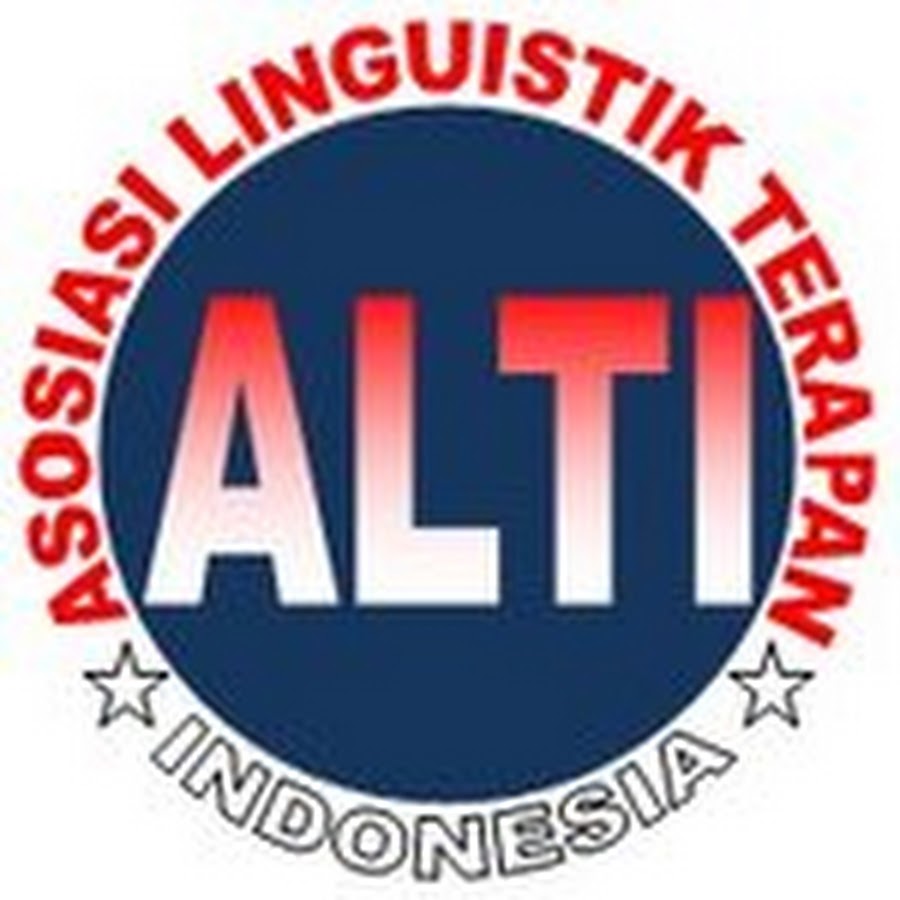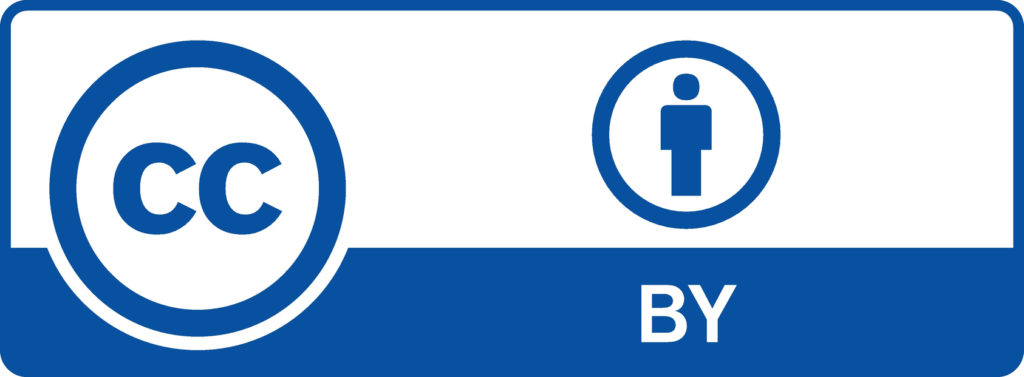Developing a Hybrid Learning Model Based on Moodle E-Learning on Morphology Course
DOI:
https://doi.org/10.33096/tamaddun.v21i2.164Keywords:
Hybrid learning, moodle e-learning, morphologyAbstract
This study aimed to develop a hybrid learning model and design instructional material for the Morphology course at Makassar State University's Faculty of Languages and Literature in order to develop students' knowledge of linguistic theories and skills, in particular those pertaining to the English language. These improvements were intended to benefit students in the English department. Following a research design and development model that has been designed will be the development of a learning model and the design of instructional content. This study is an extensive process that designs the needs of students and develops the product or course material of morphology to increase the ability or skills of students in learning language through hybrid learning based on moodle. Specifically, this research focuses on the development of a hybrid learning environment (e-learning). Students enrolled in the English department of the Faculty of Languages and Literature at the State University of Makassar are the subjects of this study's population. The participants in the English Education and Literature Study Program would serve as the sample for this investigation. The findings of the study indicate that there may be a hint of a hybrid learning model based on student worksheet activities or exercises, Syllabus, design instructional material for a morphology course, and moodle e-learning. The findings of the study implicate on the pedagogical practice of Moodle e-learning within an EFL hybrid learning setting.
References
Barenfanger, O. 2005. Learning Management: A New Approach to structuring hybrid learning arrangements. In Electronic Journal of Foreign Language Teaching. Volume 2. No.2. Singapore. Center for Language Studies, National University of Singapore.
Cole, J and Foster, H. 2008. Using Moodle. Teaching with the Popular Open Source Course Management System. Sebastopol: O'Reilly Community Press.
Garrison, D. R. and Vaughan, N.D. 2008. Blended Learning in higher education: Framework, principles, and guidelines. San Francisco: John Wiley & Sons.
Garrison, D. R. dan Kanuka, H. 2004.Blended Learning: Uncovering its transformative potential in higher education. In The Internet and Higher Education Vol 7 No 2.
Gay, L.R. 1987. Educational Research. Competencies for Analysis and Application. Columbus: Merrill Publishing Company.
Hamawand, Zeki, 2011. Morphology in English, Word Formation in Cognitive Grammar. NewYork: Continuum International Publishing group
Hartley, P, Woods, A. and Pill, M. (Eds). 2005 Enhancing teaching in higher education. New Approaches for improving students learning. London. Routledges.
Klammer, Thomas. P, et al. 2000. Analyzing English Grammar. Third Edition.USA: Pearson.
Martyn, M. 2003. The Hybrid Online Model: Good Practice. In Educause Quartely. No. 1 2003.
Moodle About Moodle. http://moodle .org/en/ About Moodle. Diakses 26/5/2009
Moodle Backgrounds. http://moodle.org/en/Background . Accessed 26/5/2009
Qiuyun Lin. 2008. Student Views of Hybrid Learning: A One Year Exploratory Study. In Journal of Computing in Teacher Education. Vol. 25 No. 2 Winter 2008-2009. International Society for Technology in Education. www.iste.org
Verela, MJ 2008. How New Technology Improve Translation Pedagogy. In Translation Journal. http://accurapid.com/Journal. Accessed 28/6/2009
Wibisono, Yudi. 2006. A Brief Guide to Using Moodle for Teachers. Bandung. Indonesian education university.
Yule, George. 2010. The Study of Language. cet. keempat. Cambridge: Cambridge University Press.
Downloads
Published
Issue
Section
License
Authors who publish with Tamaddun journal agree to the following terms:
1. Authors retain the copyright and grant Tamaddun the right of first publication. The work will be licensed under a Creative Commons Attribution License (CC BY 4.0), which permits others to share the work with proper acknowledgment of the authorship and initial publication in this journal.
2. Authors may enter into additional non-exclusive agreements for the distribution of the published version of their work (e.g., posting it to an institutional repository or including it in a book), provided that the initial publication in this journal is acknowledged.
3. Authors are encouraged to post their work online (e.g., in institutional repositories or on their personal websites) before and during the submission process. This can lead to productive exchanges and increase the visibility and citation of the published work.






